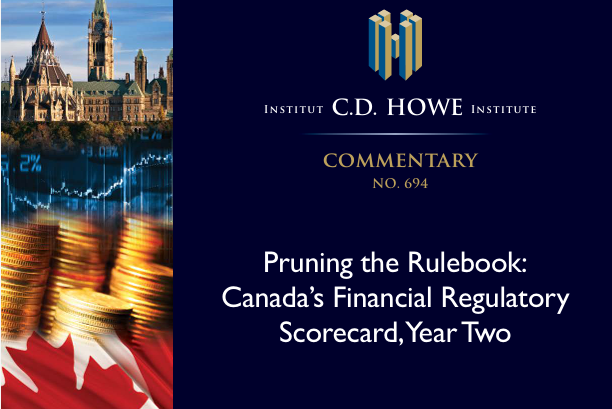Canada stands at a pivotal moment in the evolution of AI. While the nation has long recognized AI’s transformative potential, the path towards comprehensive regulation is still under construction. So what are the key developments, what legislation is propsed, and what proactive steps are being taken by financial institutions.
A
Register for free to keep reading.
To continue reading this article and unlock full access to GRIP, register now. You’ll enjoy free access to all content until our subscription service launches in early 2026.
- Unlimited access to industry insights
- Stay on top of key rules and regulatory changes with our Rules Navigator
- Ad-free experience with no distractions
- Regular podcasts from trusted external experts
- Fresh compliance and regulatory content every day

















